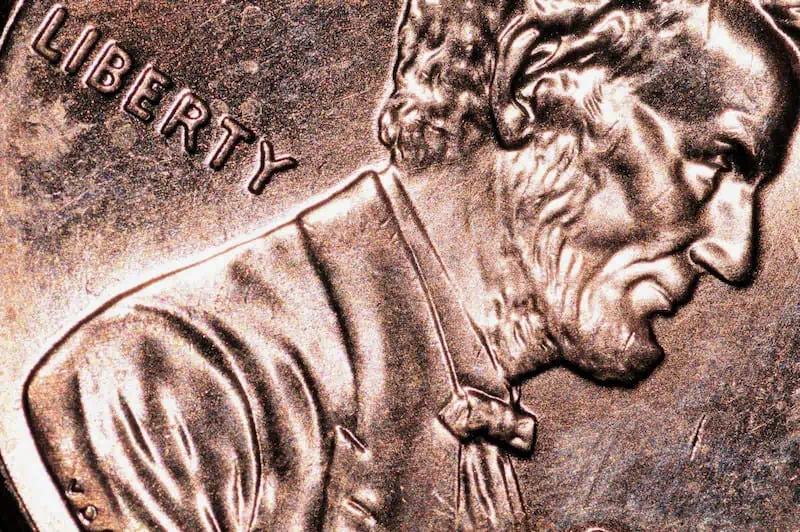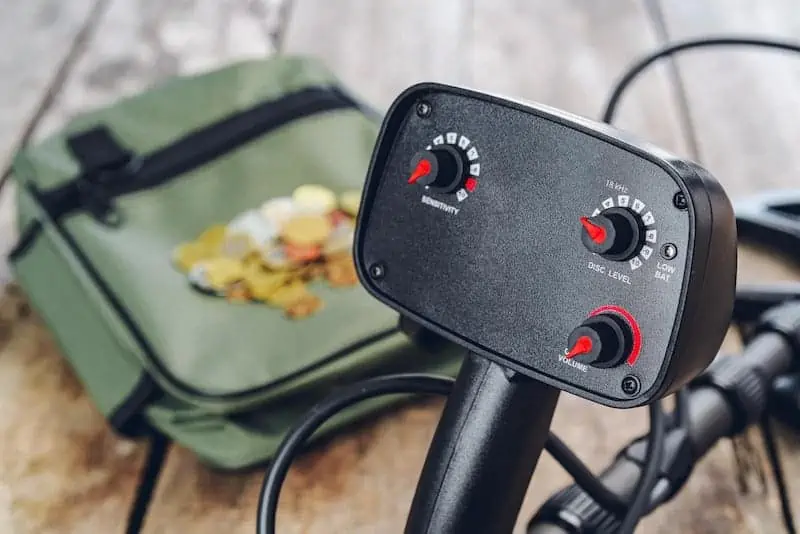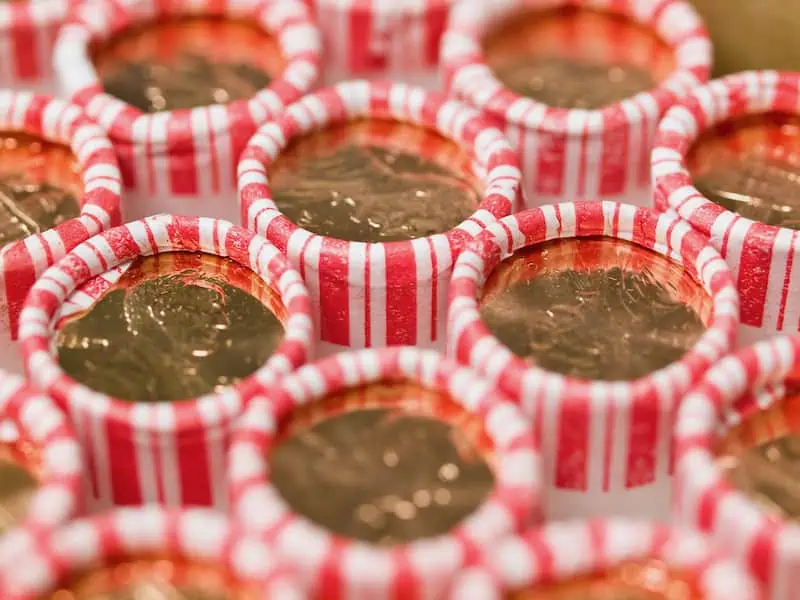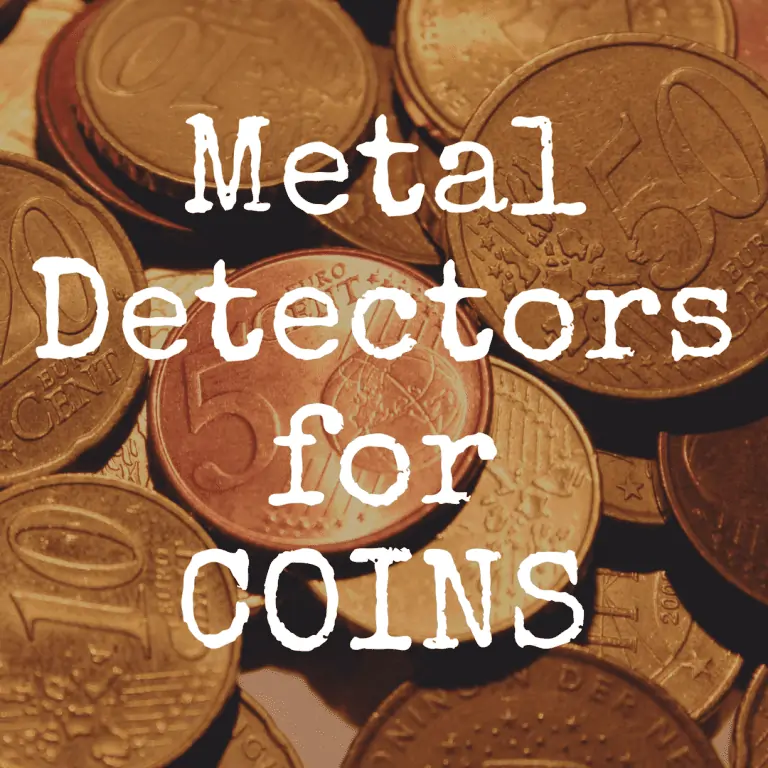20 Most Valuable Wheat Pennies That Can Make You Rich

Wheat pennies were minted at the Philadelphia Mint, Denver, and San Fransisco Mints from the year 1909 until 1956. The coins were made mostly of copper, except for the years during World War II, when the coins were minted from steel. Coins minted at the Philadelphia mint were not marked with a mint mark, while San Fransisco minted pennies were marked with an S.
Approximately 28 million wheat pennies were minted in Philadelphia, making them common. A version of the coin, however, minted with Victor David Brenner’s initials, called the 1909-S VDB, is extremely rare, with only about half a million coins being produced with these marking. Brenner designed the Lincon Penny, featuring Abraham Lincoln on one side, and 2 wheat stalks on the other. Then current president Theodore Roosevelt chose this design and ordered production to begin in 1909. In 1911, the Denver Mint started producing wheat pennies and stamped them with a D.
By 1917, circulation of the wheat penny was still low, with most pennies being the older Indian Head pennies. Despite this, the wheat penny designed by Brenner turned out to be the longest-running production design in United States Mint history. Lincoln was the first U.S. president featured on a coin. There are many wheat pennies that have skyrocketed to tremendous value in today’s market.
In this article, we will be discussing the most valuable wheat pennies in the United States, which will hopefully help you better determine which pennies to prioritize in your search to find awesome and potentially very valuable coins.
Metal Detecting for Wheat Pennies
Coins are one of my favorite things to find while metal detecting. My father has a massive collection of coins, so I grew up with a major appreciation for old coins. Finding coins with your metal detector is very exciting and can also be profitable.
Wheat pennies are commonly found by metal detectorists, and most are not worth much. They are all, however, worth more than their face value, so keep detecting! Remember, when metal detecting for coins, dig all deep signals, revisit old metal detecting sites, double check all holes and dirt plugs, and use a good metal detector for coins.

Some of my favorite metal detector for coins are the Nokta Makro Simplex+, White’s Coin Master, and the Garrett Ace 400. All these detectors have a variety of options you can control to make your coin shooting more effective and efficient. Make sure your metal detector has manual ground balancing, iron discrimination, target notching, and a search depth of at least 6 inches.
As with all metal detecting, ensure you are following all laws and regulations surrounding the hobby. Make sure not to trespass, make sure to stay off state lands (unless permitted), and seek permission to hunt in local parks and properties. For example, in Utah, some state parks allow metal detecting, while others forbid it. Willard Bay State Park allows metal detecting with a permission letter and $10 application fee.
Metal detecting in your own yard, or with permission in someone else’s yard is a fantastic way to find old coins. Ensure you have written permission to hunt on private property. Find areas where people have gathered during years past.
Always check your pocket change, too. Many old coins, like wheat pennies, look nearly identical to today’s money, and will spend the same. I have gotten many wheat pennies and even Canadian and Mexican money given to me as change because of the color and size of the coins. Always check your change!
Most Valuable Wheat Pennies
Many wheat pennies are worth well more than their face values. Below, we will discuss the most valuable wheat pennies ever minted, and how you can distinguish them from one another. These are the best of the best when it comes to wheat pennies that have high value ever minted.

1919 Wheat Penny Worth
In 1919, there were just over 392 million wheat pennies produced. A 1919 wheat penny with no mintmark was produced in Philadelphia. Heavily worn coins are worth between 10 and 65 cents, and uncirculated pennies can range from $15 to $50, depending on color.
Top mint condition 1919 wheat pennies with a reddish color and full luster can be worth as much as $5,000! 1919 wheat pennies minted in Denver are worth between 30 cents to well over $200, while San Francisco minted pennies range from $1 to $4,000, again, depending upon luster and color.
1924 Wheat Penny Value
There were just over 75 million wheat pennies produced in 1924. These majority of these pennies had no mint mark as they were produced in Philadelphia, and in today’s value, are worth between 75 cents and $125.00. As for all coins, circulated, average condition coins will be at the lower end, while certified mint condition coins will be at the higher end.
1924 wheat pennies with mint marks from Denver and San Francisco are much scarcer and can be worth more. Approximately 2.5 million wheat pennies were minted in Denver, and range in value today from $30 to over $125. Nearly 12 million 1924 wheat pennies were produced in San Francisco and range in value from 75 cents to $75.
1944 Wheat Penny Worth
The 1944 Lincoln wheat penny is one of the most found. Over 2.1 billion 1944 pennies were minted in Philadelphia, Denver, and San Francisco Mints combined. Almost all of these were made from copper. Pennies from 1944 through 1946 were created from recovered ammunition shells used during World War II. The 1943 penny was made from a zinc-coated steel composite to save copper for war ammunition. Officials returned to copper in 1944 by reusing old ammo shells.
Even though the United States Mint switched from the steel used in 1943 back to copper in 1944, some steel planchets were minted during this year. Less than 2 dozen 1944 steel pennies were struck, making them extremely rare.
These rare pennies are often called silver pennies, even though they are zinc-plated steel. If you think you may have one of these rare pennies, you can see if it sticks to a magnet. If it does, it is a rare steel cent. If it does not, it is copper that has discolored.
So how much are 1944 wheat pennies worth?
- 1944 copper Lincoln cent: 1.5 billion minted, worth between 3 and 5 cents
- 1944-D copper Lincoln cent: 430 million minted, worth between 3 and 5 cents
- 1944-S copper Lincoln cent: 283 million minted, worth between 3 and 5 cents
- 1944-D over S copper Lincoln cent: worth $100 or more
- 1944 steel penny: 15 – 20 minted, worth $100,000 or more
1951 Wheat Penny Value
Over 1 billion wheat pennies were struck in 1951. These were minted in Philadelphia, Denver, and San Francisco, as well as in proof sets. Most 1951 wheat pennies are worth slightly more than face value, generally 25 cents or less. Uncirculated 1951 Lincoln cents and those struck as proofs are worth much more. There are also several errors and varieties of this cent that ups the value including double dies, re-punched mint marks, and off-center strikes.
The value of these pennies ranges from a few cents up to approximately $45, typically. The most minted, from Philadelphia and Denver, are worth 50 cents and 40 cents, respectively. San Francisco minted fewer, and those are worth approximately 75 cents. A proof penny, only 57,500 minted, is worth $45 or more. Keep an eye out for 1951 pennies with the following errors:
- 1951 double die obverse penny: $10 to $25
- 1951-D double die obverse penny: $10 to $25
- 1951-D re-punched mintmark, D over D, over D: $3 to $5
- 1951-S, D over S mintmark penny: $15 to $30
- 1909-S VDB
As mentioned earlier, these coins were struck with Victor David Brenner’s initials on the reverse at the bottom between the stalks of wheat. Only 484,000 of these were produced. These coins can be identified by looking for the S under the date on the obverse and VDB on the reverse. Values of circulated coins range from $500 to $800, and uncirculated coins range from $1,200 to $1,600.
1909-S
After the United States Mint’s chief engraver, Charles Barber, saw the Lincoln cent had all of VD Brenner’s initials on the reverse, he petitions the Mint Director to have them removed. Since the late 1800s, Barber’s first initial of his last name, B, appeared on coins he had designed.
Philadelphia Mint engravers created new reverse coin dies and sent them to San Francisco. There was only enough time left in 1909 to mint 1.8 million coins. The value of circulated 1909-S pennies ranges from $70 to $110, while uncirculated pennies range from $270 to $370.
1909-S Over Horizontal S
Until 1990, mint employees used a small letter punch to add the mint marks to coins by hand. Although usually precise, the exact position of the mint mark varied. Sometimes the wrong mint mark was even applied to coins. Efforts were made to correct the wrong markings, but some remnants remained underneath the new mint marks. This is called a re-punched mintmark by numismatists.
On this coin, there are remnants of an S punched horizontally into the die instead of vertically. The remnants are visible near the upper loop of the S but can be difficult to see on well-worn coins. These range in value from $80 to $400, depending on condition and circulation status.
1914-D
1.2 million 1914-D coins were minted, and experts state this penny has one of the lowest survival rates. By 1914, enthusiasm for saving Lincoln pennies had diminished (the original release in 1909 was to celebrate the 100th anniversary of Lincoln’s birth).
As such, most of these coins ended up in circulation. A circulated 1914-D penny ranges in value from $150 to $210, while an uncirculated penny ranges from $2,200 to $3,000.
1917 Double Die Obverse
Double die coins are coins that, due to a production error, had 2 impressions minted into them at slightly offset angles. This is evident in that both doubled images are raised. This is not to be confused with coins that were mechanically doubled, or double struck.
In that instance, one image would be flat, and one raised. Strong doubling can be seen on the obverse of these coins in the word TRUST and on the date. Values for the 1917 double die obverse Lincoln penny range from $160 to $7,500.
1922 No D Mint Mark
During 1922, there was a fire at the Philadelphia Mint, so no Lincoln pennies were produced in Philadelphia (the mint with no mint marks) this year. If not for this fire, collectors may have missed this error.
These pennies were minted in the Denver Mint, but the mint mark was left off. Approximately 500,000 of these coins lacking the mintmark D were struck. Circulated values range from $350 to $660, while uncirculated values range from $122,000 to $17,000 or more.
1931-S
The United States was in the Great Depression by 1931 and the San Francisco Mint produced only 866,000 Lincoln pennies that year. Demand for pennies plummeted and most remained in bank vaults for several years until demand caught up with supply.
Numismatists realized this was a rare opportunity to stock up on bags of rolls to save. Values range from $60 to $195.
1943, 1943-D, 1943-S Bronze
During 1943, the United States was gearing up for World War II. Copper is critical to making ammunition, and to aid the war effort, the United States Mint stopped using copper for pennies in 1943 and started using planchets that were zinc coated steel.
These are some of the wheat pennies that have the most value that have ever been struck. Circulated values range from $14,000 to $100,000, while uncirculated values range from $90,000 to $300,000.
1944, 1944-D, 1944-S Steel
As mentioned above, the United States Mint went back to bronze after the 1943 steel pennies were rejected by the general public. A few steel planchets from the previous year slipped into the production process.
The mint was also producing coins for Belgium at the time and used the same zinc plated steel planchets. The 2 situations combined to form this mint production error. Prices for these coins range from $2,000 to $150,000.
1944-D, D over S
Much like the S over horizontal S during the 1909 minting, an employee attempted to correct a mintmark of S by covering it up with a D. Remnants of the S can be seen by looking in the upper portion of the D. Prices of this coin range from $50 to $400.
1955 Double Die Obverse
The 1955 Double Die Obverse coins has been labeled “The King of Lincoln Cent Varieties,” due to the dramatic doubling found on the coin. The doubling is very prevalent on the date and the motto IN GOD WE TRUST. Prices range from $500 to $2,600.
Other Wheat Penny Prices
While not all wheat pennies are worth as much as those listed above, every wheat penny I have seen is worth more than face value. Not one I have checked has been worth, for example, just one cent. Keep in mind the price of these coins will vary by mintmark and condition.
- 1910 Wheat Pennies: 30 cents to $24
- 1911 Wheat Pennies: 75 cents to $230
- 1912 Wheat Pennies: $1 to $210
- 1913 Wheat Pennies: $1 to $200
- 1924 Wheat Pennies: 21 cents to $330
- 1927 Wheat Pennies: 16 cents to $100
As you can see, not all wheat pennies are worth a great deal. But they are all still worth more than one cent! Remember, always check your coins thoroughly, or have them inspected by a professional to ensure you are not holding on to a valuable wheat penny without realizing it! Some of the errors on these coins are difficult to spot without a good loupe or magnifying glass, or if you are not sure what to look for. Always have them evaluated!
FAQ
Q: Is it worth metal detecting for old coins?
A: Absolutely! If you are looking to make a fortune, perhaps you will be disappointed. I like to find old coins as a way of honoring the past. Many detectorists find wheat pennies and sort of pass them off as nothing. However, all these coins are worth more than one cent. You may even stumble upon the rarer coins that can be worth a lot of money.
Q: Do I need a coin specific metal detector to find coins?
A: Not necessarily. Coin specific metal detectors are a great option, but all metal detectors will find coins in the right conditions. If coins are your main priority, I would suggest a coin specific metal detector. But if you plan to look for all metal treasures, I suggest a more all-purpose metal detector.
Q: How do I determine the value of my coins?
A: Coins are valued according to many factors: authenticity, altered or cleaned, year, mint mark, condition, grade, and quality. Reputable coin dealers, coin auctions, and price guides are a good place to start. You can check the Professional Numismatic Guild for reputable dealers near you. You may just have one of the most valuable wheat pennies ever minted!
If so, please “like” our Facebook page and be sure to revisit Discover Detecting for new content surrounding the metal detecting hobby!
You Might Also Want to Read:
